
Last night, we had our first frost warning, so yesterday sent local gardeners scurrying about, trying to harvest the last of our herbs and flowers, pick the chiles, and gather green tomatoes. The pineapple sage was in her full regalia and I really didn’t want to cut her, however she is now a huge, gorgeous bouquet; too big for the dining table, she graces the living room.
This sweetly-scented sage,a tender perennial for me, is an herbaceous shrub which hails from highlands of Mexico and Guatemala. It is semi-woody, rather shrub-like, in that it grows into a large bushy plant that can reach four to four and one-half feet tall and easily spread out to three or four feet wide. It likes full sun, and can suffer a drought–it loses its leaves after wilting–and then if it is watered, it will usually rebound.
The soft fuzzy leaves of Salvia elegans are indeed elegant in texture and shape; they vary from lime green to bright green depending on the cultivar grown. In warm climates, from zones 9 to 11, the standout, red flower spikes may appear as early as August, while in my zone 7 garden here in Maryland they appear very late in the season, early autumn, and go with the first frost. Usually the hummingbirds hang around for this plant to bloom before heading south; they love the sweet nectar of these scarlet tubular blossoms. I love them , not only for their flavor, they are aesthetically delightful in the fall when most other plants are dying, finishing their summer cycle and the garden is looking a bit melancholy. These bright leaves and flowers stand out against the autumn backdrop. If you are fortunate enough to have a greenhouse, you can bring your pineapple sage plant indoors and enjoy the blooms for quite some time before they fade.
In warmer climates, this showy salvia will bloom throughout the winter, if protected. I have seen it blooming in New Orleans in January and February. Pineapple sage should be propagated by cuttings or divisions. If you are getting ready for a frost and can’t bring your plant indoors, then go ahead and take tip cuttings now and try to root them and keep them until spring. It is best to take a root cutting from a leafy tip without a flower or flower bud–however I have done it–with less success than just a leaf tip cutting.
When rubbed or brushed, the pointed leaves of pineapple sage smell fruitily of pineapple and slightly musky of sage. Depending upon the weather, the climate, and the water, sometimes these leaves smell strongly of pineapple, while other times there is barely a hint of it. The brilliant, long-throated flowers have a similar aroma and taste, though the floral aroma is stronger and the sage flavor is milder.
I use both the leaves and flowers in recipes, however I like the color and taste of the blooms the best. To use the flowers in the kitchen cut the flower spikes and gently wash and pat them dry. The flowers can be plucked or stripped from the stem of the flower spikes. Of course I prefer them fresh: I do dry them to use their rosy color in tea.
I enjoy tea from both the leaves and flowers, using them fresh when available and also dried. In traditional Mexican medicine, an infusion of pineapple sage is used for treating anxiety and for lowering of blood pressure. Thus, it is believed to be an herb with anti-anxiety and antidepressant virtues.
Besides tea and other beverages, these fragrant blossoms are used in jellies, jams, scones, shortcakes, cakes, sorbet, ice cream, desserts, salads, with fruit and as a garnish for striking color and a sweet hint of pineapple-honeysuckle flavor. For an impressive and scrumptious dessert, I like to put the flowers and/or chopped leaves in the batter of my pineapple upside-down cake and then once it is turned out of the pan, scatter blossoms across the top.
Don’t leave your Salvia elegans out in the cold–harvest it, bring the plant indoors, make root cuttings–and enjoy it!
Fine Gardening Recommended Products

Razor-Back Potato/Refuse Hook
Fine Gardening receives a commission for items purchased through links on this site, including Amazon Associates and other affiliate advertising programs.

A.M. Leonard Deluxe Soil Knife & Leather Sheath Combo
Fine Gardening receives a commission for items purchased through links on this site, including Amazon Associates and other affiliate advertising programs.

DeWit Spork with Solid Socket
Fine Gardening receives a commission for items purchased through links on this site, including Amazon Associates and other affiliate advertising programs.


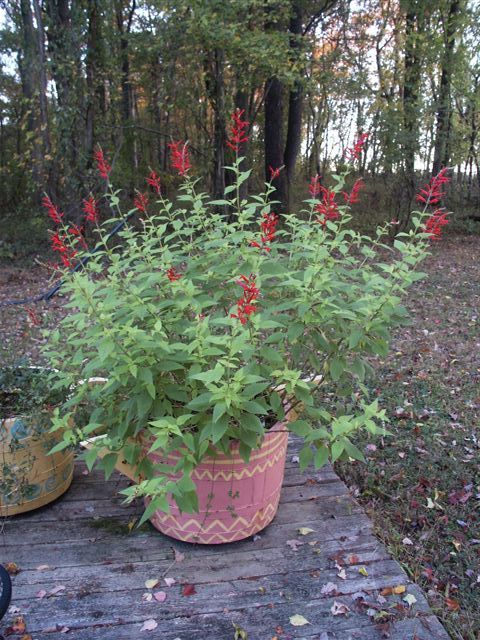

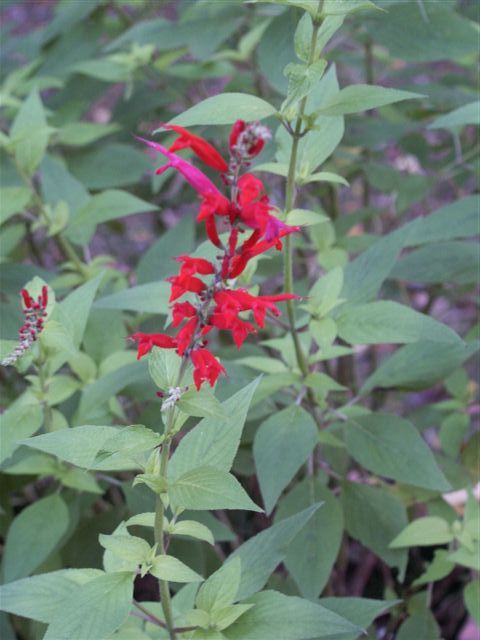
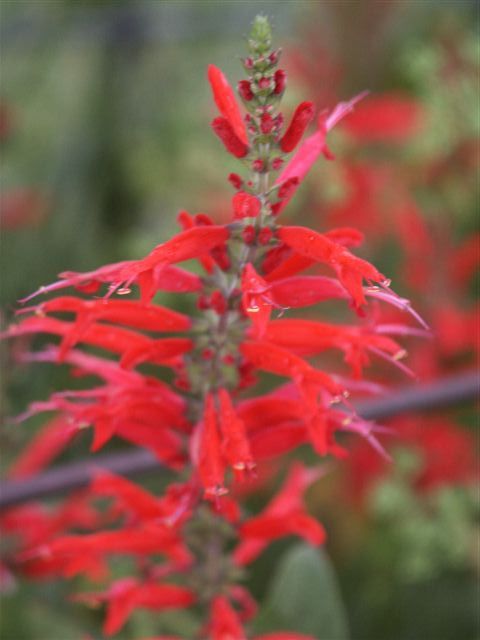
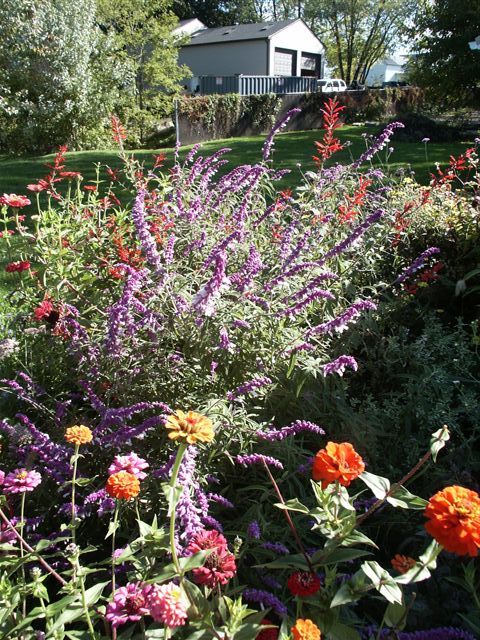
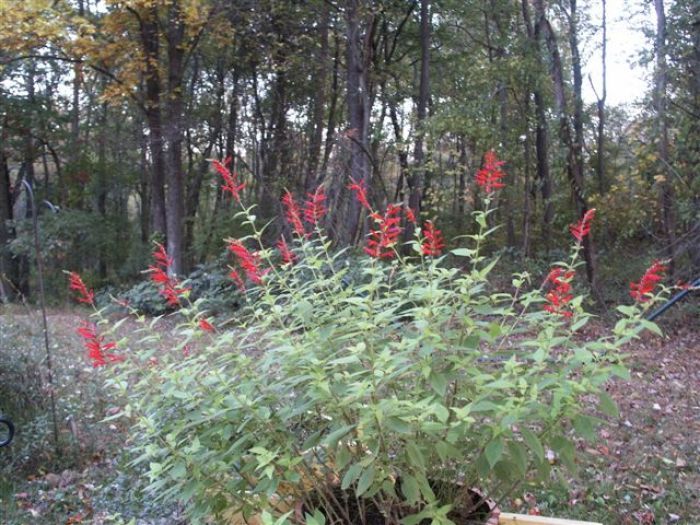
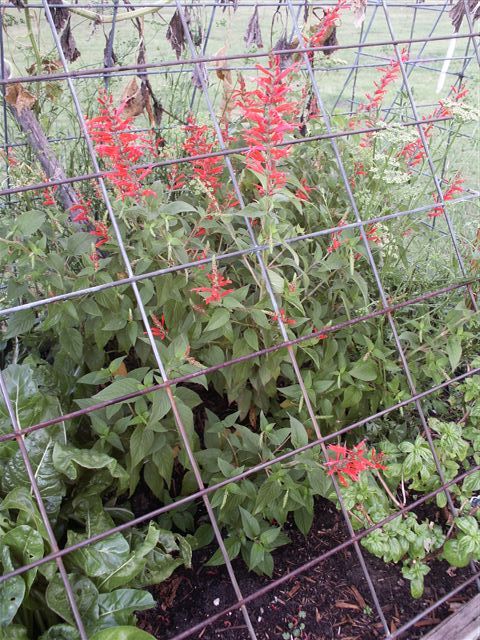
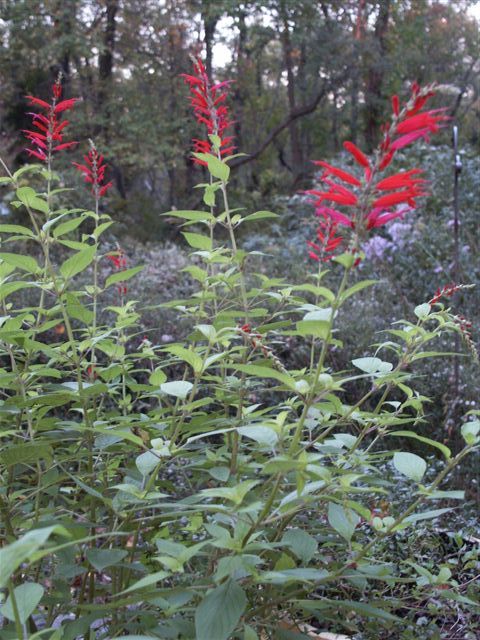
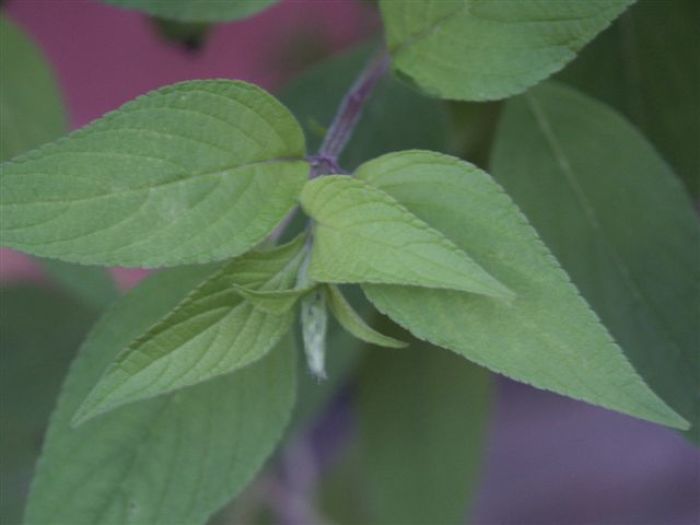


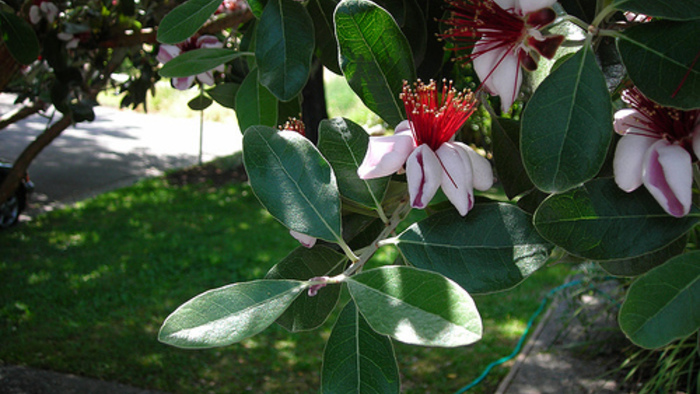














Comments
Log in or create an account to post a comment.
Sign up Log in